What is a radio jingle and how did it become such a significant part of the audio advertising landscape?
The radio jingle is probably one of the most enduring forms of radio marketing ever created. Since radio first emerged as a commercial opportunity for brands, companies have used short, catchy tunes to grab their audience’s attention.
Even if you are not familiar with the word “jingle” until now, you probably know some well-known examples. Virtually everyone in the world knows the McDonald’s “I’m lovin’ it” jingle.
In many parts of America, chanting the words “The best part of waking up…” immediately reminds someone of the Folgers coffee brand.
Ultimately, radio jingles are just another way for companies to embed their brand messages in the minds of their target audience. They’re refreshing, funny, memorable, and almost impossible to catch.
Here’s everything you need to know about the radio jingle.

What is a radio jingle? An introduction
So what is a radio jingle?
A radio jingle is essentially just a small, concise sound clip originally developed for use in radio advertising. They are like mini songs specially created to promote a brand and its USP in seconds.
While these “sonic advertising” tools originated in the radio landscape, they have also become commonplace in television and online advertising.
You’ve probably heard the jingle “Nationwide: On Your Side” at the end of a TV commercial for a new banking or financial product. Or maybe you know the question “What would you do?” Jingle for Klondike bars.
Radio jingles combine a simple message, similar to the slogan we might see associated with a company logo, with a background rhythm or music. The introduction of a musical element helps improve the memorability of the message.
In fact, studies have proven that music and rhythm can actually improve the functioning of our memory.
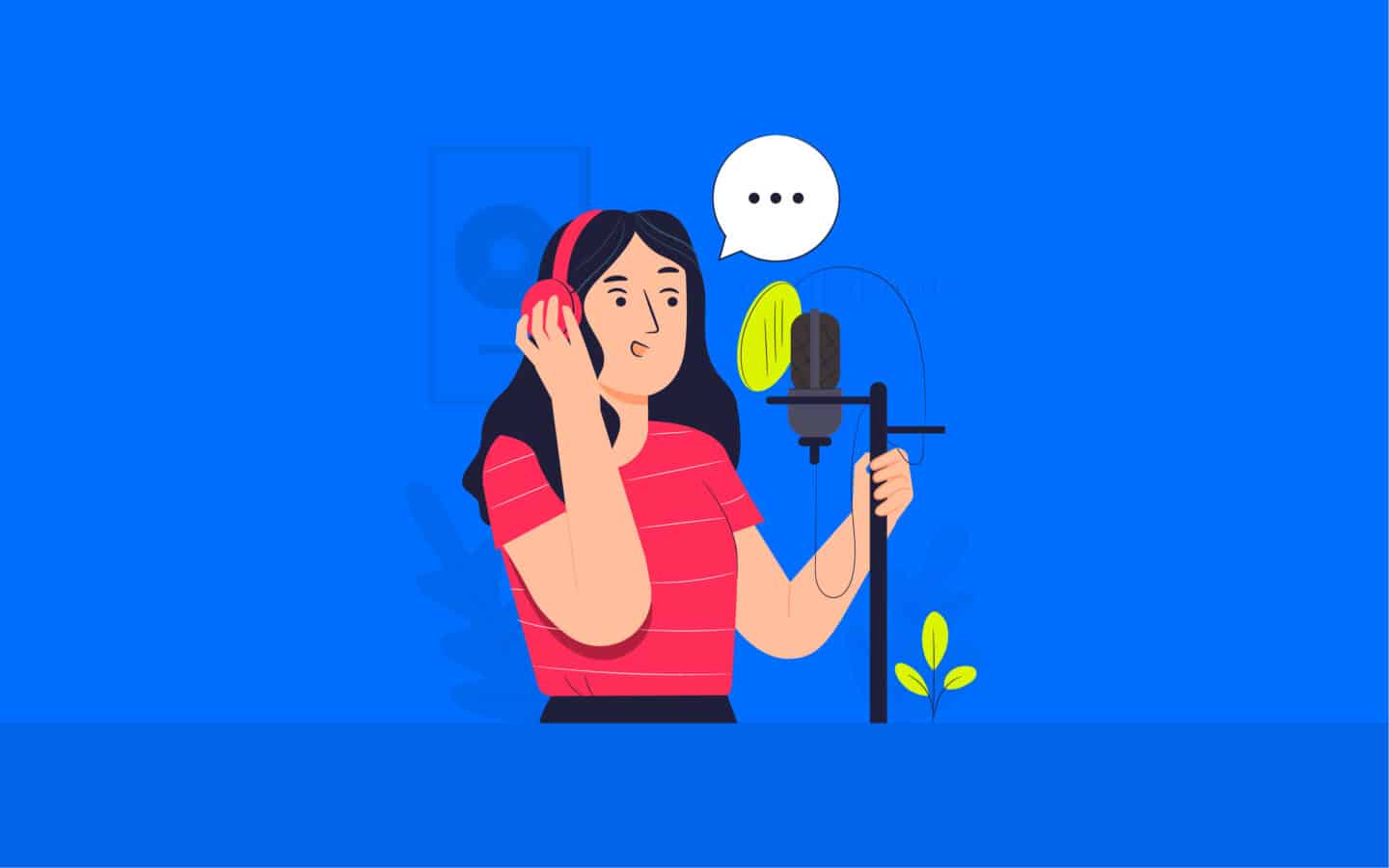
Where do old radio jingles come from?
Radio jingles have been around for almost as long as radio technology. Ever since advertisers discovered they could reach thousands of potential customers over airwaves, they’ve been using jingles as a quick and effective way to connect with their audience.
The very first radio jingle to ever appear in modern media is credited to US food company General Mills. Defined then as a “singing commercial,” the jingle aired on Christmas Eve 1926 after General Mills began to experience a decline in sales.
To regain the attention of their audience and differentiate their brand from other cereal sellers, General Mills decided to try something different. They created an ad for Wheaties that touted the product as the “best breakfast food in the country.”
The radio jingle proved to be a huge hit for the company and saved it from possible extinction. Today, almost 100 years later, this famous melody is still known. Also, General Mills has remained in operation ever since.
Wheaties are still sold on store shelves today.

What is a jingle in advertising?
The main purpose of a radio jingle is to promote a brand. The right jingle increases brand awareness and reputation, showcases a company’s personality and ensures that a company can retain the attention of its target audience.
In fact, studies over the years have found radio jingles to be extremely effective at attracting and retaining customer interest. In 2012, the University of Vienna found that 89% of participants considered jingles to be a very effective advertising method.
Today, 60% of customers say they believe using music in marketing makes an ad more memorable than visuals.
Additionally, 45% of consumers believe the audio methods used by a brand help them understand the company’s personality, while 47% say music helps them feel more connected to a company.
While jingles aren’t as commonplace today as they used to be, they still offer businesses a number of benefits when used properly, including:
memorability
Our brains are wired to enjoy rhythm, music and audio in all their forms. We’re more likely to remember a slogan when accompanied by a catchy melody than to remember the words alone.
brand awareness
Radio jingles stick in the minds of consumers. We find ourselves humming them when we’re at work or riding the bus. This helps expand each brand’s reach and encourages better brand awareness.
Distinction
A radio jingle can be a great way for a company to show off their personality and differentiate themselves from the competition. This is especially true now that radio jingles are less common among modern brands.
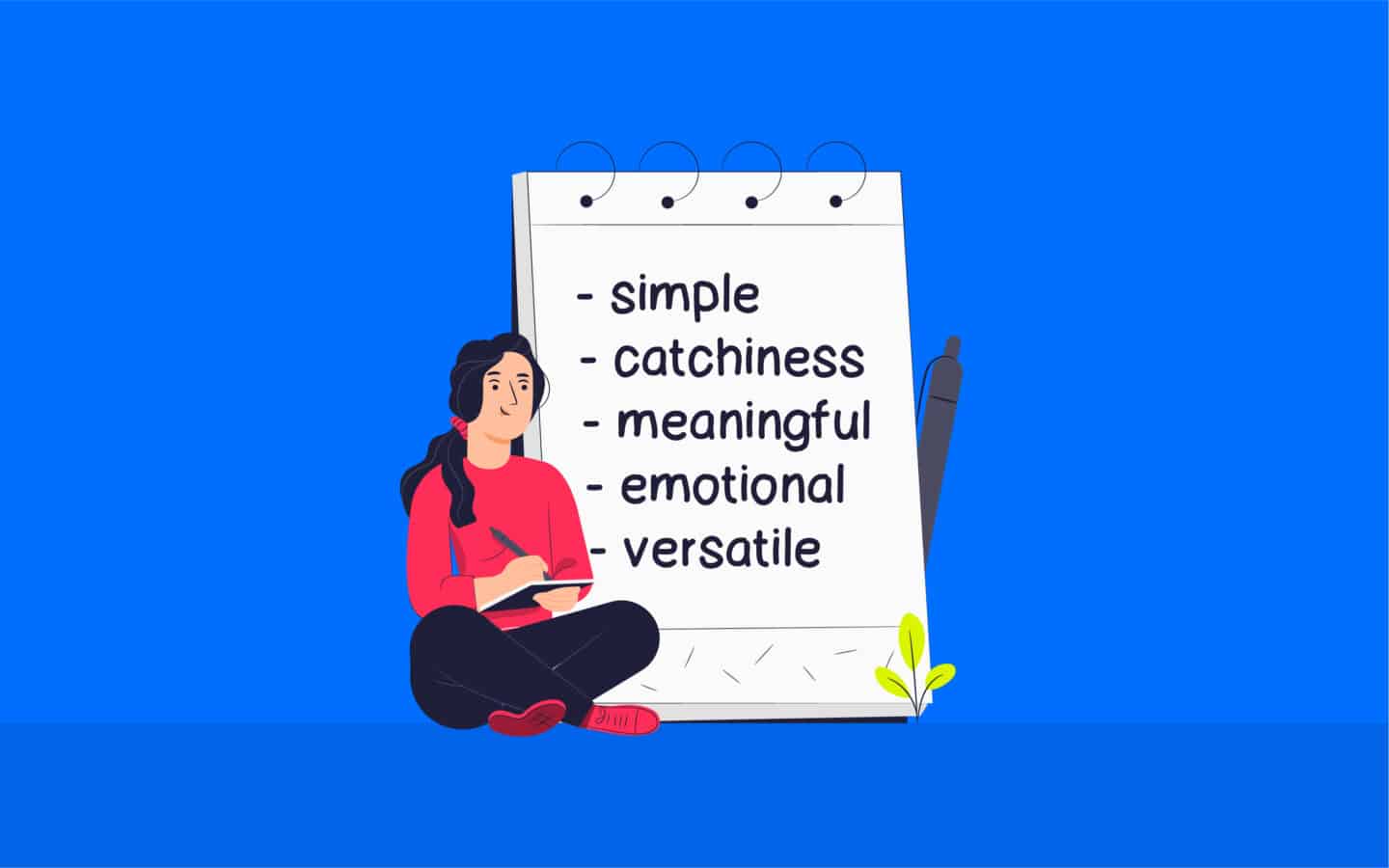
What are the elements of a good radio jingle?
Companies that are asking the question “What is a radio jingle” may also be wondering how to create one of their own. On the surface, jingles appear to be relatively simple promotional tools. All you really need is a catchy slogan and the right tone to go with it.
But not every jingle automatically becomes a catchy tune. Most brands need to work with audio advertising experts to define and create the right jingle.
While the exact elements of an effective jingle can vary, most of the best jingle examples are:
See also

- Easy: Jingles should be short, to the point, and easy to remember. Listeners shouldn’t have to think too much about the meaning or purpose of the message.
- catchiness: The melody and rhythm of the words in the jingle should make customers want to repeat what they heard. A catchy jingle is a catchy tune that you just can’t get out of your head.
- Sensible: Good jingles should send a strong message. They need to convey a brand’s core values and personality in a fun and engaging way.
- Emotionally: Jingles should arouse a customer’s emotions with the power of music and sound. Different styles of music can evoke different unique emotions.
- Versatile: A good jingle should work everywhere. It must be able to translate well into different languages and align with the rest of the company’s branding strategy.
Examples of famous jingles
Once you start thinking about radio jingles, you’ll probably come up with countless examples of your own. Depending on where in the world you live, you may be more familiar with some of these marketing messages than others.
Here are some of the best jingle examples to inspire you. Be warned, once you hear them, you may not be able to stop singing them.
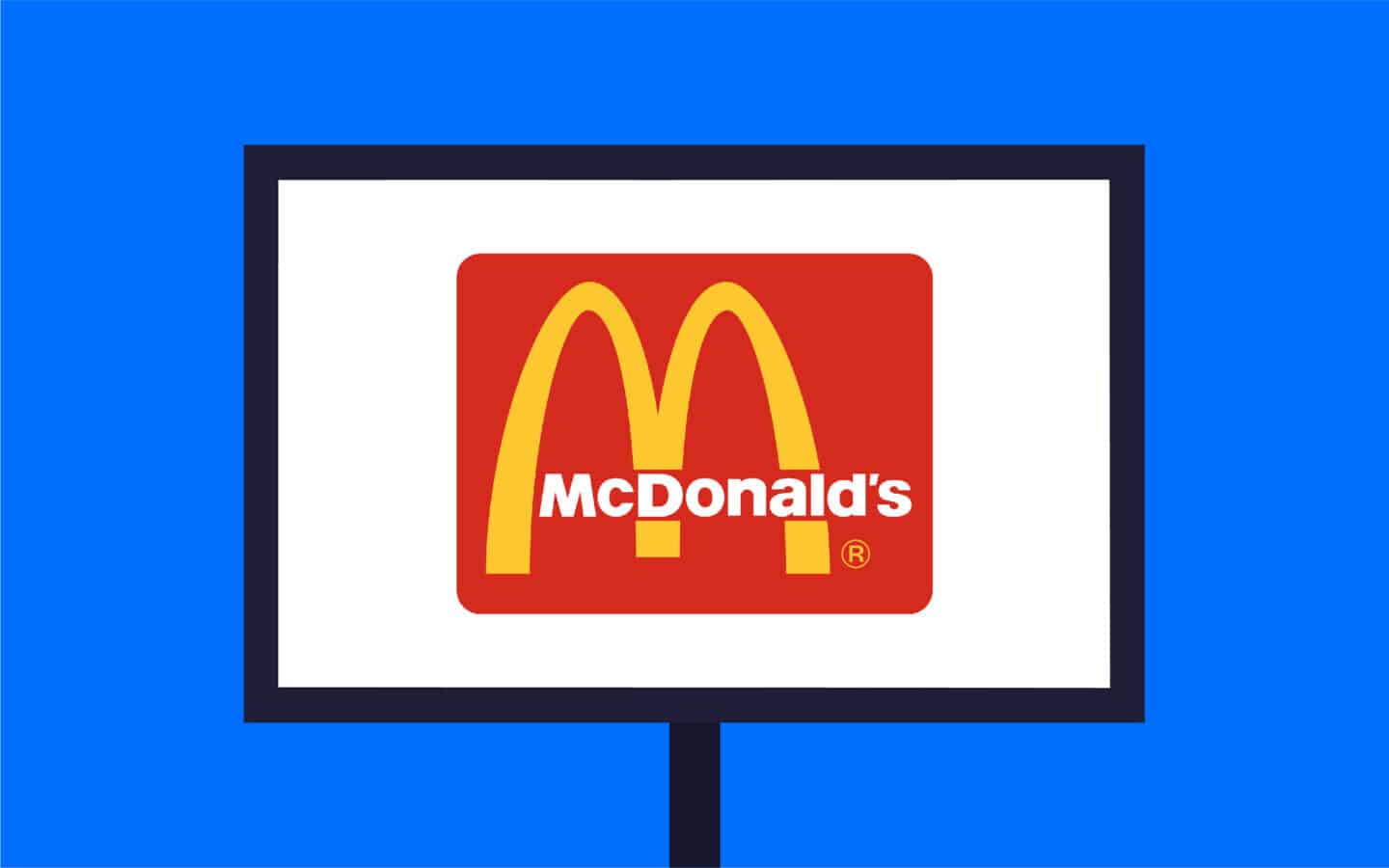
MC Donalds
Da-da-da-daaa. The McDonalds jingle is one of the most memorable there is, and it has accompanied the company for a number of years. The global brand message was launched in 2003 with the help of pop star Justin Timberlake. “I’m lovin’ it” is still a central slogan of the company today.
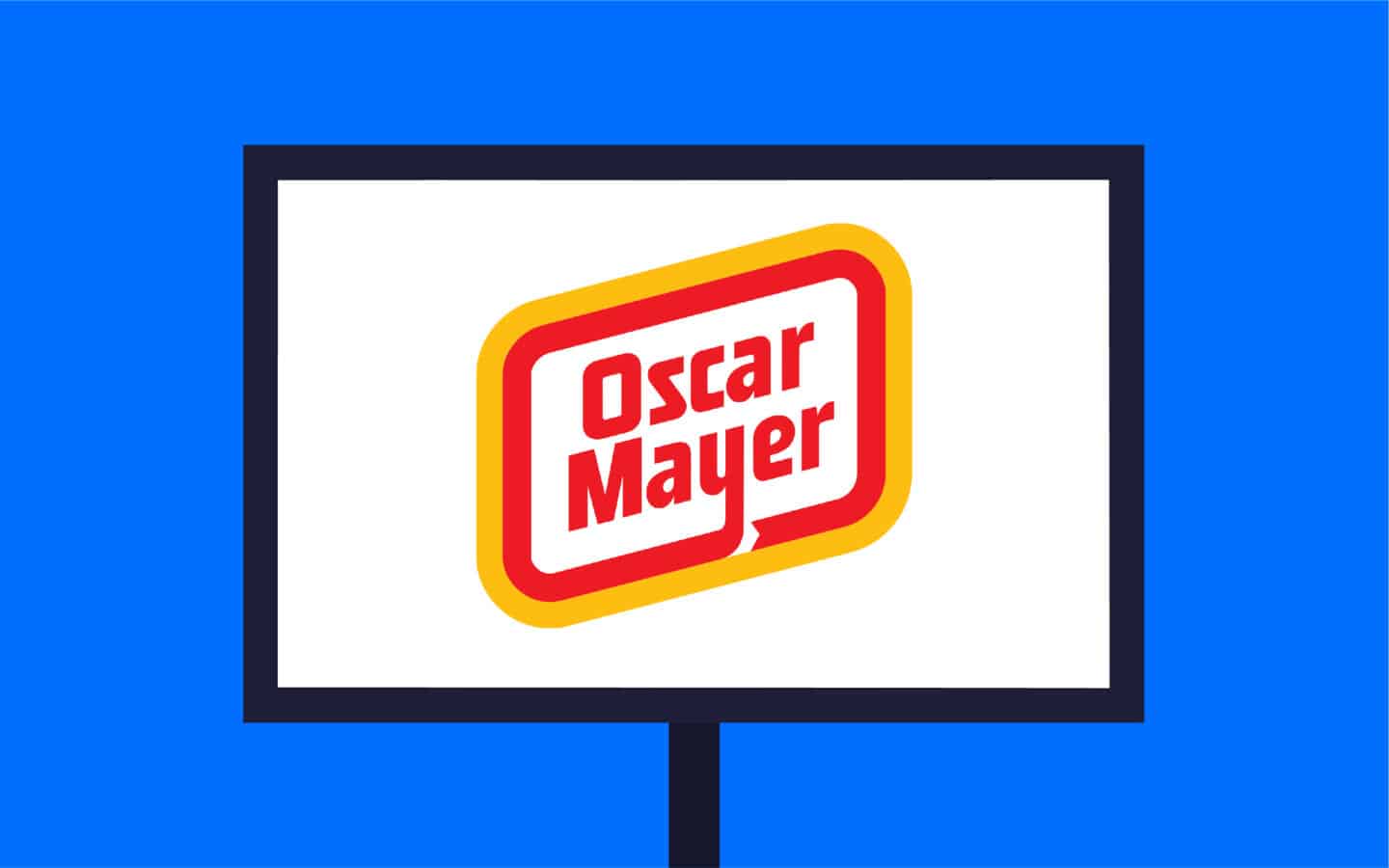
Oscar Meyer
Oscar Meyer Weiner’s song radio jingle was first introduced in 1963, making it one of the longest-running commercial jingles still in use today. It’s fun, playful and specifically designed to catch the attention of a younger audience.
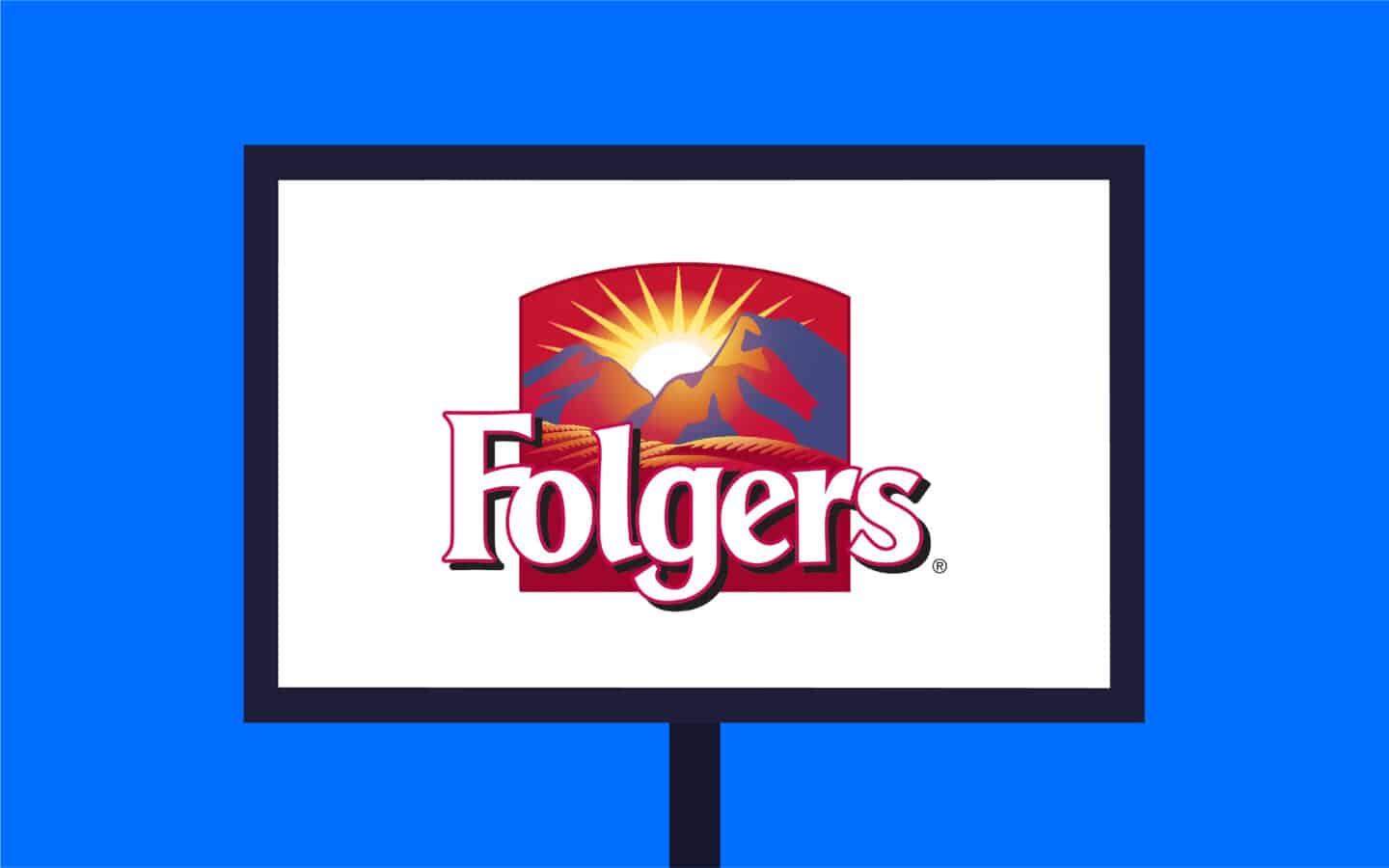
follower
The Folgers jingle “The best part of waking up is Folgers in your cup” was introduced in 1960 by the company’s advertising team. This jingle still follows the brand today and is associated with the store by many modern consumers.
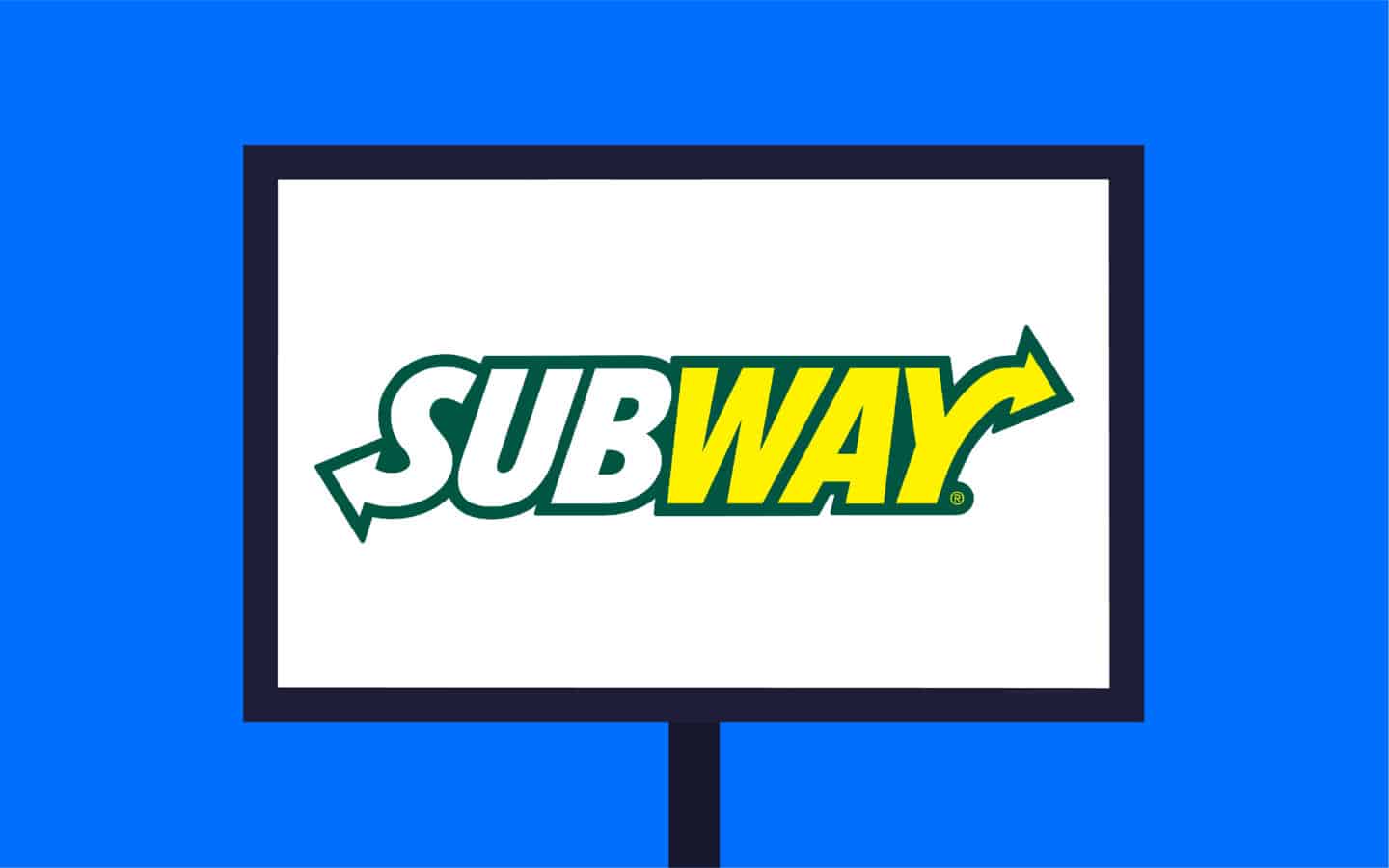
Subway
A few months before the US economy spiraled out of control in 2008, Subway unveiled its 5-footlong offering, accompanied by its own radio jingle. Although this jingle is not always found in Subway advertisements today, it is still familiar to many consumers.
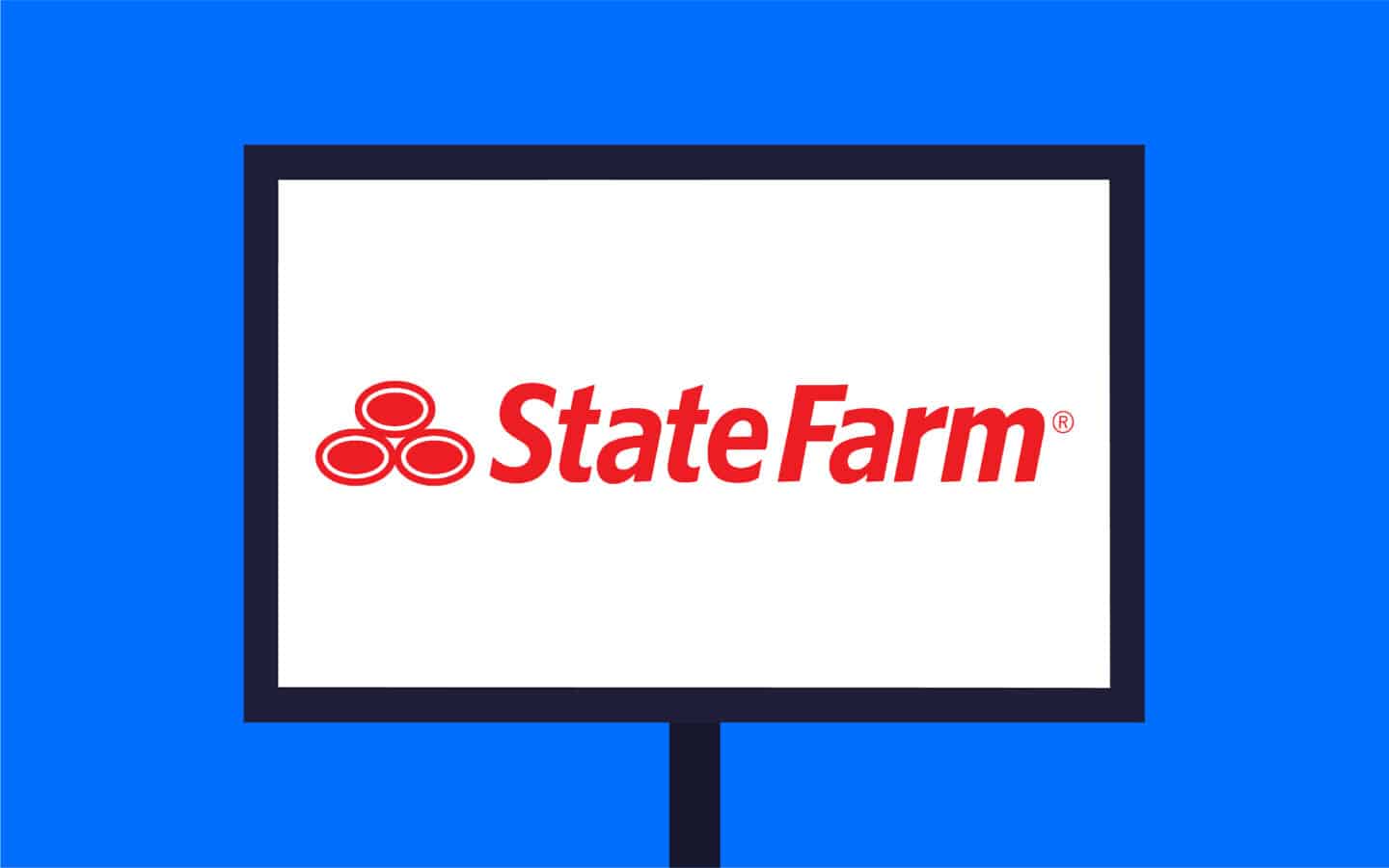
district farm
The insurance and investment company State Farm introduced “Like a good Neighbor, State Farm is there” in 1971 with the help of Barry Maniolow. The jingle was so popular that it even encouraged other bands to create covers. Weezer introduced its own version in 2011.
Should you be using radio jingles?
Now that you know the answer to “What is a radio jingle?” you probably remember all of your favorite examples. Radio jingles are perhaps the most memorable and iconic form of radio advertising that companies have resorted to over the years.
Ideally, jingles have proven their worth in increasing brand awareness, presenting personality and making a company more memorable.
As the podcasting and online radio landscape continues to thrive, there’s a good chance we’ll continue to see more companies trying to create their own version of the ultimate jingle.
Love them or hate them, there’s no denying that jingles have always had a powerful impact on the marketing landscape.
Radio fidelity: For the love of radio.

